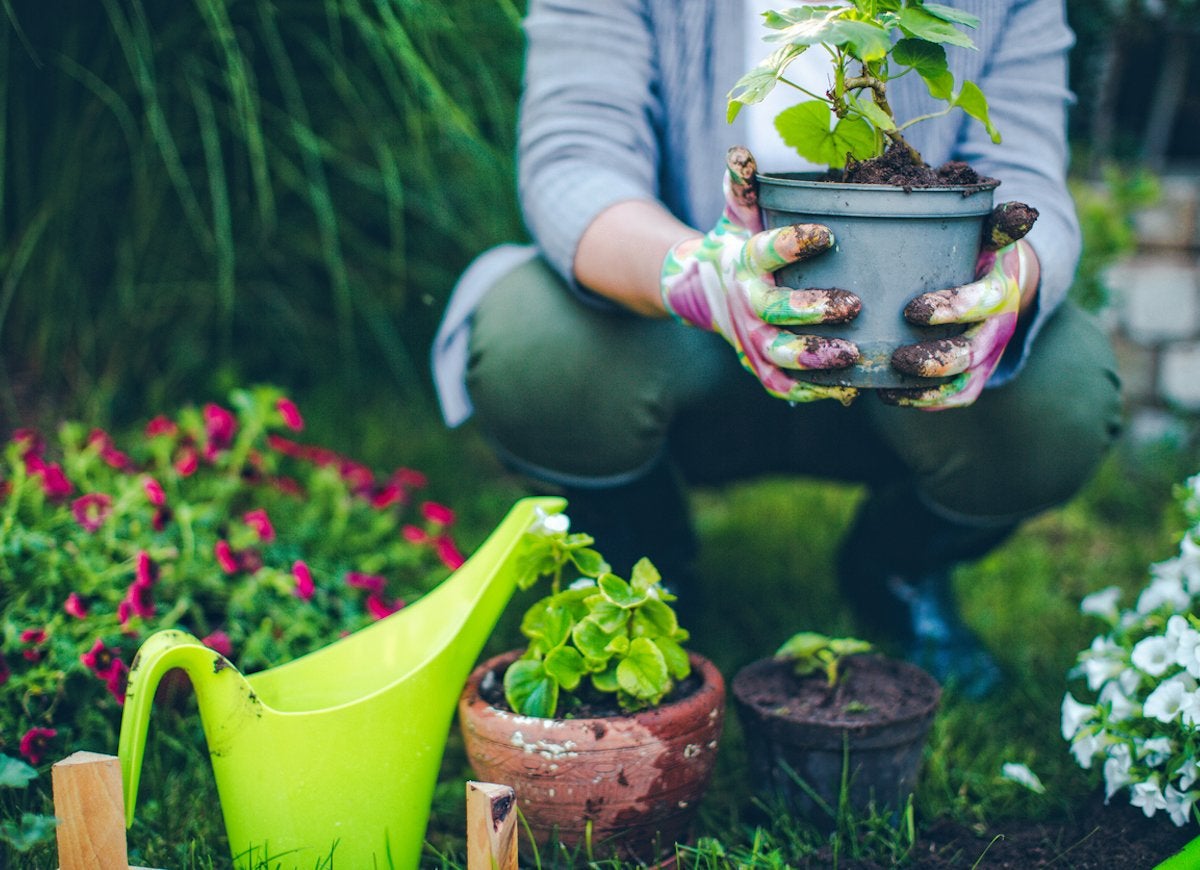

Articles
When Should I Plant My Garden
Modified: October 30, 2024
Discover the best time to plant your garden with expert advice and tips on gardening. Plan your gardening schedule for optimal growth and harvest.
(Many of the links in this article redirect to a specific reviewed product. Your purchase of these products through affiliate links helps to generate commission for Storables.com, at no extra cost. Learn more)
Introduction
Having a garden can be a rewarding and fulfilling experience. Whether you’re a seasoned gardener or just starting out, one of the most crucial aspects to consider is the timing of when to plant your garden. Timing is everything when it comes to gardening, as planting at the right time can greatly impact the success and productivity of your plants.
When deciding when to plant your garden, it’s important to consider various factors such as your climate zone, the types of vegetables, flowers, or herbs you plan to grow, and any specific requirements they may have. By understanding these factors and making informed decisions, you can maximize the potential of your garden and enjoy a bountiful harvest.
In this article, we will explore the importance of understanding your climate zone, the ideal planting time for vegetables, flowers, and herbs, as well as factors to consider when deciding the planting time. Additionally, we will discuss techniques for extending the planting season for a longer and more diverse harvest.
So, if you’re wondering when to start planting your garden, grab your gardening gloves and keep reading for some valuable tips and insights!
Key Takeaways:
- Timing is crucial in gardening. Understanding your climate zone, ideal planting times for vegetables, flowers, and herbs, and factors to consider when deciding planting time are key to a successful garden.
- Techniques such as starting seeds indoors, using season extenders, and succession planting can help extend the planting season, maximizing your garden’s productivity and enjoyment.
Read more: When Should I Plant Wildflower Seeds
Understanding your climate zone
One of the fundamental aspects to consider when planning your garden is understanding your climate zone. Climate zones are specific regions characterized by their climate patterns, including temperature, precipitation, and length of growing season. Knowing your climate zone can help you determine the best times to plant and grow different types of plants.
There are various climate zone classification systems used worldwide, with the most commonly used being the Hardiness Zone Map developed by the United States Department of Agriculture (USDA). This map divides the United States into 13 different zones based on the average annual minimum temperature.
To determine your climate zone, you can refer to the USDA Hardiness Zone Map, which divides the country into specific zones. Each zone represents a 10-degree Fahrenheit difference in average annual minimum temperature. By identifying your zone, you can then determine the suitable plants that can thrive in your specific climate.
It’s important to note that while climate zone maps provide a general guideline, they may not consider other microclimates or factors such as elevation, proximity to large bodies of water, or urban heat islands. Therefore, it’s always beneficial to consult with local gardening experts or experienced gardeners in your area for more accurate and personalized information.
Understanding your climate zone helps you determine the appropriate planting and growing seasons for your garden. The length of your growing season can vary depending on the zone, with some areas having a shorter season while others have a longer one. This information will allow you to choose crops that can mature within your growing season and avoid the risk of early frosts or extreme heat.
By knowing your climate zone, you can make informed decisions about the types of plants that will thrive in your area and plan your planting schedule accordingly. This knowledge sets the foundation for a successful garden by optimizing your chances of providing the ideal growing conditions for your plants.
Ideal planting time for vegetables
When it comes to growing vegetables, timing is crucial. Different vegetables have specific requirements when it comes to soil temperature, daylight hours, and frost tolerance. By understanding the ideal planting time for each vegetable, you can ensure optimal growth and harvest.
Early Spring: As the winter frost subsides and the soil starts to warm up, it’s an ideal time to sow cold-hardy vegetables such as lettuce, spinach, peas, and carrots. These vegetables can withstand cooler temperatures and will thrive in the mild spring weather. Make sure to keep an eye on the weather forecast and protect your young plants from unexpected late frosts.
Mid to Late Spring: Once the soil has warmed up and the danger of frost has passed, it’s time to plant warm-season vegetables such as tomatoes, peppers, cucumbers, zucchini, and beans. These vegetables require warmer temperatures and longer daylight hours to grow and produce a bountiful harvest. Be sure to provide adequate support for vining vegetables like tomatoes and cucumbers.
Summer: While some vegetables thrive in the heat, others struggle. Leafy greens like lettuce and spinach tend to bolt and become bitter in the hot summer months. However, this is the perfect time to grow heat-loving vegetables like eggplant, okra, melons, and sweet corn. These vegetables require full sun and thrive in the warmth of summer.
Fall: As summer transitions into fall, it’s time to start thinking about cooler weather crops. Vegetables such as broccoli, cauliflower, cabbage, and kale can be planted in late summer or early fall to mature during the cool, crisp autumn months. These cold-hardy vegetables can withstand light frosts and provide a fresh harvest long after summer vegetables have faded.
It’s important to note that the ideal planting time for vegetables may vary depending on your specific climate zone. While the guidelines above provide a general overview, it’s always recommended to check with local gardening resources or experienced gardeners in your area for more specific planting recommendations.
In addition to timing, consider other factors like soil preparation, watering, and pest control to ensure the success of your vegetable garden. By following these guidelines and adjusting them according to your specific conditions, you’ll be on your way to a thriving vegetable garden and a plentiful harvest.
Ideal planting time for flowers and herbs
Flowers and herbs add beauty and aroma to any garden. Planting these colorful blooms and fragrant herbs at the right time will result in a vibrant and flourishing garden. Understanding the ideal planting time for flowers and herbs is key to their success.
Spring: As the weather begins to warm up and the threat of frost diminishes, it’s time to start planting cool-season flowers and herbs. Flowers like pansies, snapdragons, and primroses thrive in cooler temperatures and add a pop of color to any garden. Herbs such as parsley, dill, and cilantro also prefer cooler weather and can be sown directly in the soil or started from seed indoors.
Summer: This is the peak season for many flowers and herbs. Most annuals, including marigolds, zinnias, petunias, and sunflowers, flourish in the warm summer months. They require full sun and regular watering to ensure continuous blooming. Herbs like basil, mint, and rosemary also love the summer heat and will thrive with proper care.
Fall: As the summer heat subsides and the days become cooler, it’s time to transition to planting fall flowers and herbs. Chrysanthemums, asters, and pansies are popular fall blooms that add beauty to your garden. Perennial flowers like sedum, ornamental grasses, and autumn sage are also excellent choices for fall planting. Herbs such as thyme, oregano, and sage will continue to thrive in the cooler autumn weather.
It’s important to keep in mind that flower and herb planting times may vary depending on your specific climate zone. Factors such as average temperatures, frost dates, and length of the growing season can impact the optimal planting window. Consulting local gardening resources and experienced gardeners in your area can provide valuable insights into the best times to plant flowers and herbs specific to your region.
In addition to timing, proper soil preparation, watering, and fertilization are essential for the success of your flower and herb garden. Regular deadheading and pruning will also encourage longer flowering periods and healthier plants.
By understanding the ideal planting times for flowers and herbs, you can ensure that your garden is filled with vibrant colors, delightful aromas, and a variety of flavors throughout the growing season.
Plant your garden after the last frost date for your region. Check with your local agricultural extension office or use online resources to find the average last frost date in your area.
Factors to consider when deciding planting time
Choosing the right planting time for your garden involves considering a variety of factors that can greatly influence the success and growth of your plants. By taking these factors into account, you can make informed decisions and optimize your gardening experience.
Climate: Your climate zone is a major factor in determining the best planting time for your garden. Consider the average temperatures, frost dates, and length of the growing season in your area. Different plants have specific temperature requirements and tolerances, so it’s important to choose plants that are suitable for your climate.
Soil Temperature: The temperature of the soil is critical for the germination and growth of plants. Some plants, like tomatoes and peppers, thrive in warm soil, while others, like lettuce and spinach, prefer cooler soil. Invest in a soil thermometer to regularly monitor the temperature and ensure it is appropriate for the plants you are planning to grow.
Daylight Hours: Daylight hours play a significant role in plant growth and development. Some plants require longer days to reach their full potential, while others, like certain flowers, may require shorter days to initiate blooming. Understanding the light requirements of different plants will help you determine the best time to plant them.
Plant’s Characteristics: Each plant has its own unique characteristics and requirements. Consider factors such as flowering or fruiting time, growth rate, and susceptibility to cold or heat. Some plants, like radishes and lettuce, have a short maturity period and can be planted multiple times throughout the growing season, while others, like garlic and onions, require a longer growing period and are typically planted in early spring or fall.
Microclimate: Your garden may have microclimates, which are small areas within your garden that have slightly different growing conditions. Factors such as exposure to sunlight, wind patterns, and proximity to structures or trees can create microclimates. Take note of these variations and adjust your planting time accordingly to optimize the growth and health of your plants.
Local Gardening Knowledge: Consulting with local gardening experts, experienced gardeners in your area, or joining gardening communities can provide valuable insights and recommendations specific to your region. They can share their experiences, offer advice on planting times, and suggest plant varieties that are well-suited to your local conditions.
By considering these factors and combining them with your knowledge of your garden and its unique conditions, you can make informed decisions when determining the planting time for your crops. This will increase the chances of a successful and thriving garden throughout the growing season.
Extending the planting season
Extending the planting season is a great way to maximize your garden’s productivity and enjoy fresh produce for a longer period. With a few techniques and strategies, you can start your garden earlier in the spring and extend it well into the fall. Here are some tips to help you extend your planting season:
Start seeds indoors: For early-season crops that require a longer growing period, starting seeds indoors is a great way to get a head start. By starting seeds indoors in seed trays or containers, you can provide controlled conditions and protect tender young plants from late spring frosts. Once the weather warms up and all danger of frost has passed, you can transplant the seedlings into your garden.
Use season extenders: Season extenders such as row covers, cold frames, and hoop houses are valuable tools for protecting plants from cold temperatures and extending the growing season. These structures help trap heat and create a microclimate for your plants. They are particularly useful in the spring and fall when temperatures can fluctuate. Row covers can also protect plants from pests and harsh weather conditions.
Use mulch: Applying a layer of organic mulch around your plants can help regulate soil temperature and keep the soil warm. This is particularly beneficial for cool-season crops in the early spring or late fall. Mulch also helps retain moisture and suppresses weed growth, providing an overall favorable environment for your plants.
Choose cold-tolerant plants: Some vegetables and herbs are more cold-tolerant than others. By carefully selecting varieties that can withstand cooler temperatures, you can extend your harvest season. Look for plant varieties that are labeled as “cold-hardy” or “frost-resistant” to ensure they can tolerate lower temperatures.
Succession planting: Succession planting is the practice of planting crops in stages or in multiple rounds throughout the growing season. By staggering your plantings, you can have a continuous supply of fresh produce. Once you harvest one crop, you can replant the area with another crop that is suitable for the upcoming season. This technique allows you to maximize your garden space and extend the planting season.
Monitor and protect from frost: Late spring and early fall frosts can be a challenge for gardeners. Monitor weather forecasts and be prepared to protect your plants when frost is expected. Covering your plants with blankets, tarps, or frost cloth can help protect them from the cold. You can also use water as a frost protection method by spraying a fine mist on your plants before the temperature drops. The water freezes and forms a protective coating on the plants, insulating them from the cold.
By implementing these techniques, you can extend your planting season and enjoy a more diverse and abundant harvest. Experiment with different techniques and varieties to find what works best for your garden and climate. Happy gardening!
Conclusion
Gardening is both an art and a science, and timing plays a crucial role in achieving success and satisfaction in your garden. By understanding your climate zone, considering factors like soil temperature, daylight hours, and the characteristics of the plants you want to grow, you can determine the ideal planting time for your garden.
For vegetables, knowing when to plant cool-season crops, warm-season favorites, and fall harvest vegetables will help you optimize your yield and ensure your plants thrive throughout the growing season. Likewise, understanding the ideal planting time for flowers and herbs allows you to enjoy colorful blooms and delightful aromas in your garden. By considering the specific needs of each plant and your local climate conditions, you can make informed decisions about planting times.
Factors such as climate, soil temperature, daylight hours, plant characteristics, and your garden’s microclimate should all be taken into account when deciding the best planting time. Consulting with local gardening experts and experienced gardeners in your area can provide valuable insights and recommendations based on their knowledge and experience.
By implementing techniques like starting seeds indoors, using season extenders, employing mulch, selecting cold-tolerant plants, practicing succession planting, and protecting your plants from frost, you can extend the planting season and enjoy a longer harvest period.
Remember, gardening is a continuous learning process, and each year provides new opportunities to refine your skills and experiment with different techniques. As you gain more experience and knowledge about your specific gardening region, you will become more adept at determining the ideal planting times for various plants in your garden.
So, whether you’re a seasoned gardener or just starting out, understanding the importance of timing and making informed decisions when it comes to planting will set you up for a successful and fruitful garden. Embrace the joy of gardening, experiment with different plants, and watch your garden thrive throughout the seasons.
Frequently Asked Questions about When Should I Plant My Garden
Was this page helpful?
At Storables.com, we guarantee accurate and reliable information. Our content, validated by Expert Board Contributors, is crafted following stringent Editorial Policies. We're committed to providing you with well-researched, expert-backed insights for all your informational needs.
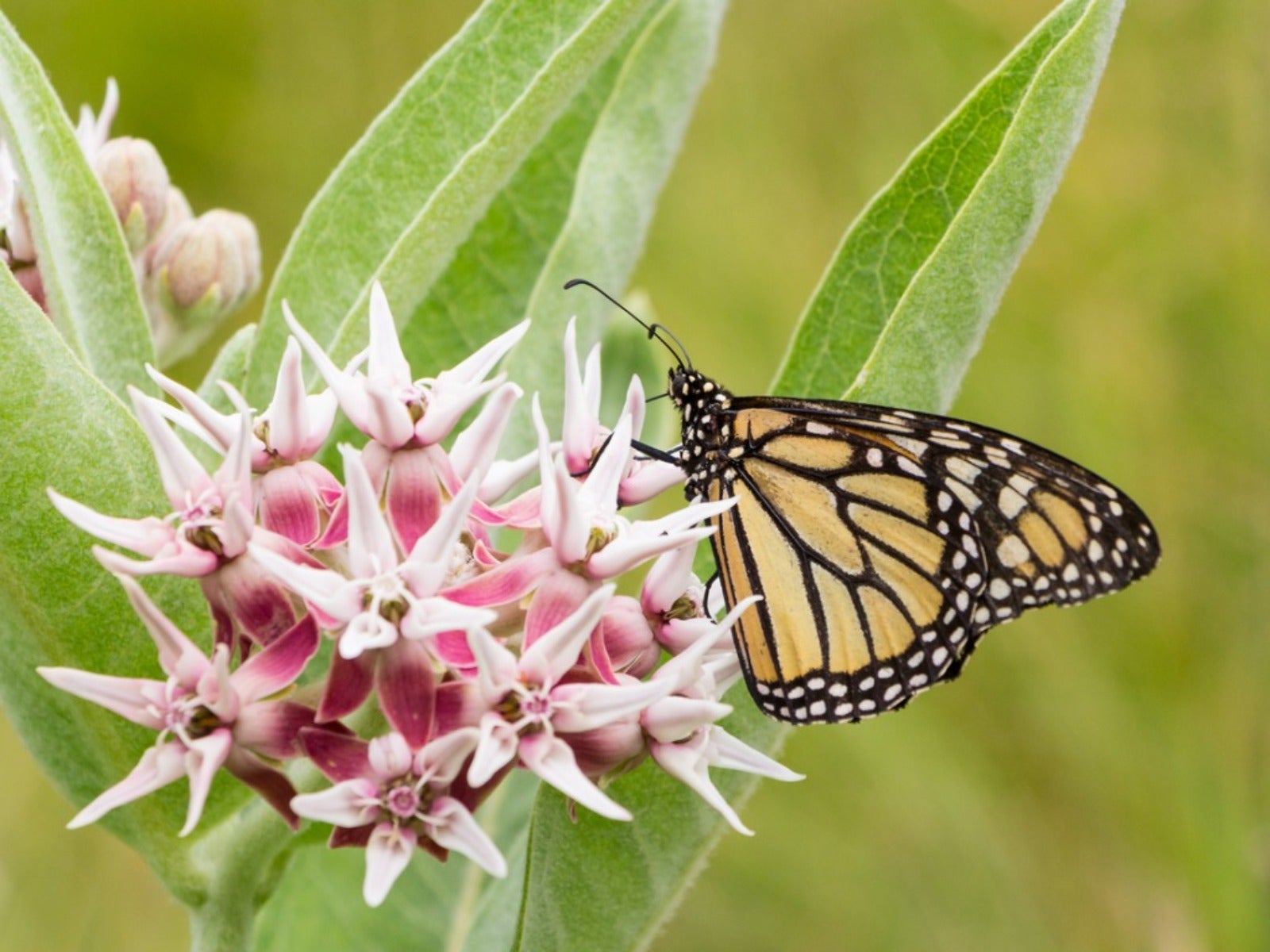
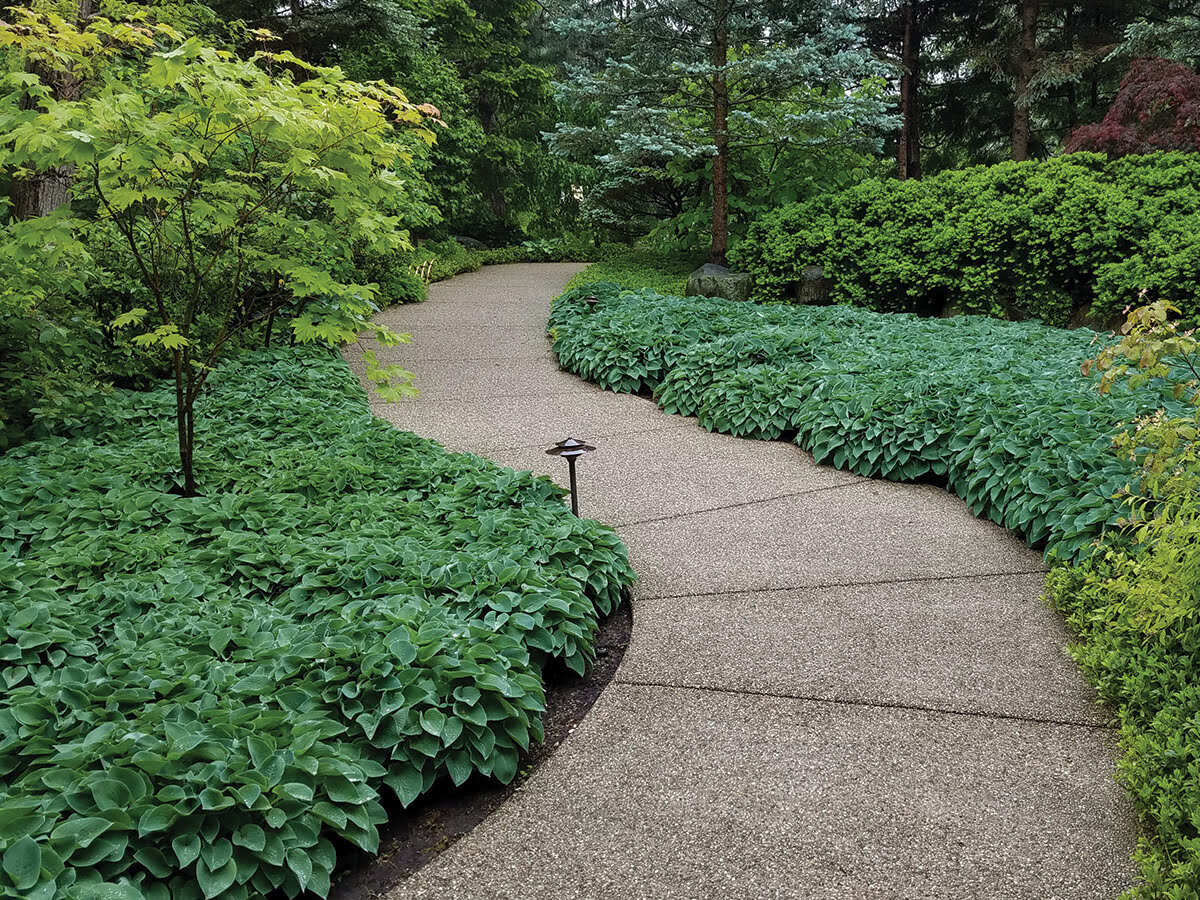
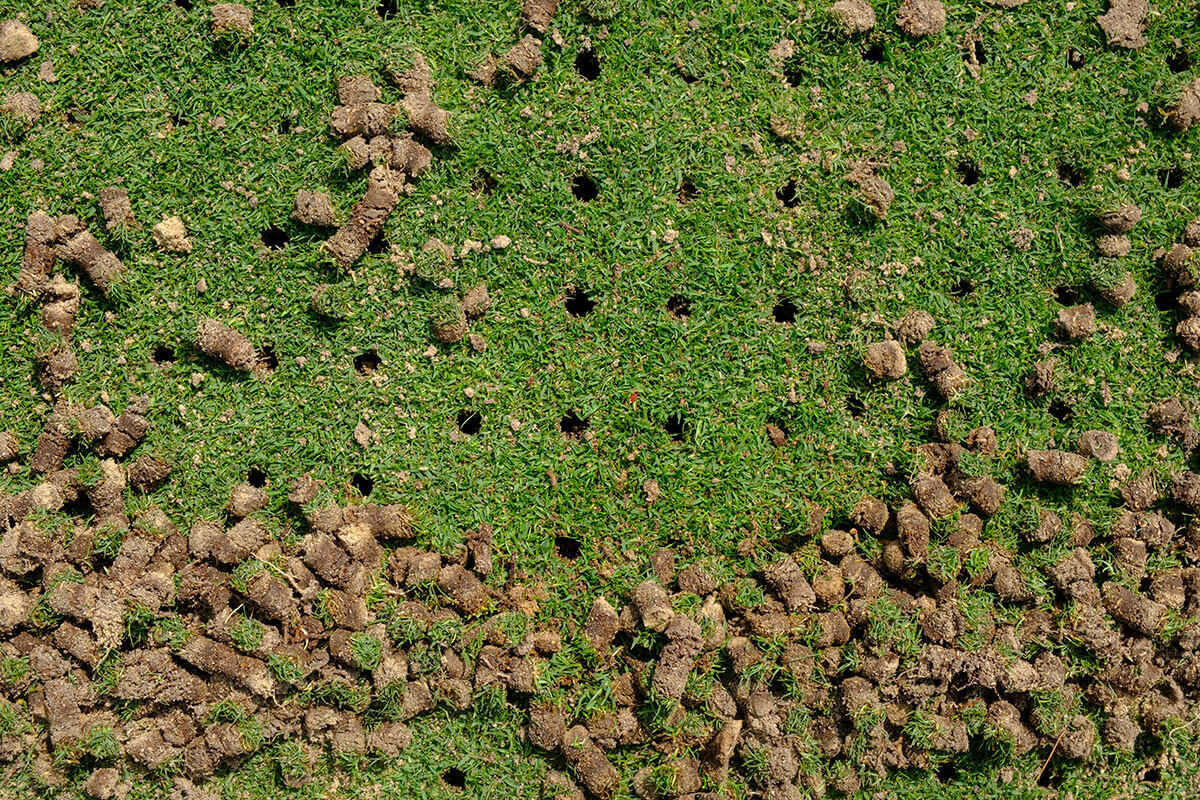

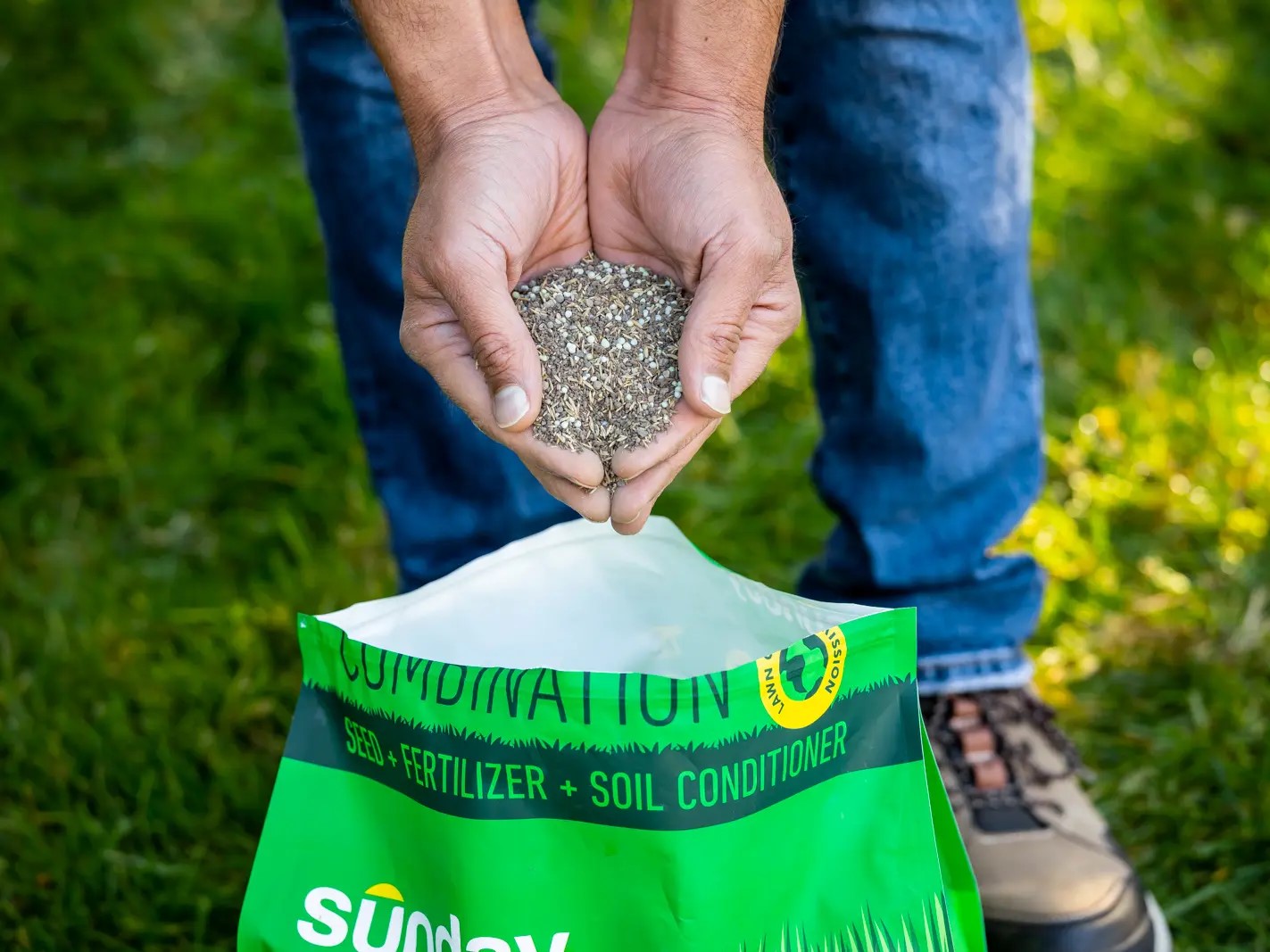
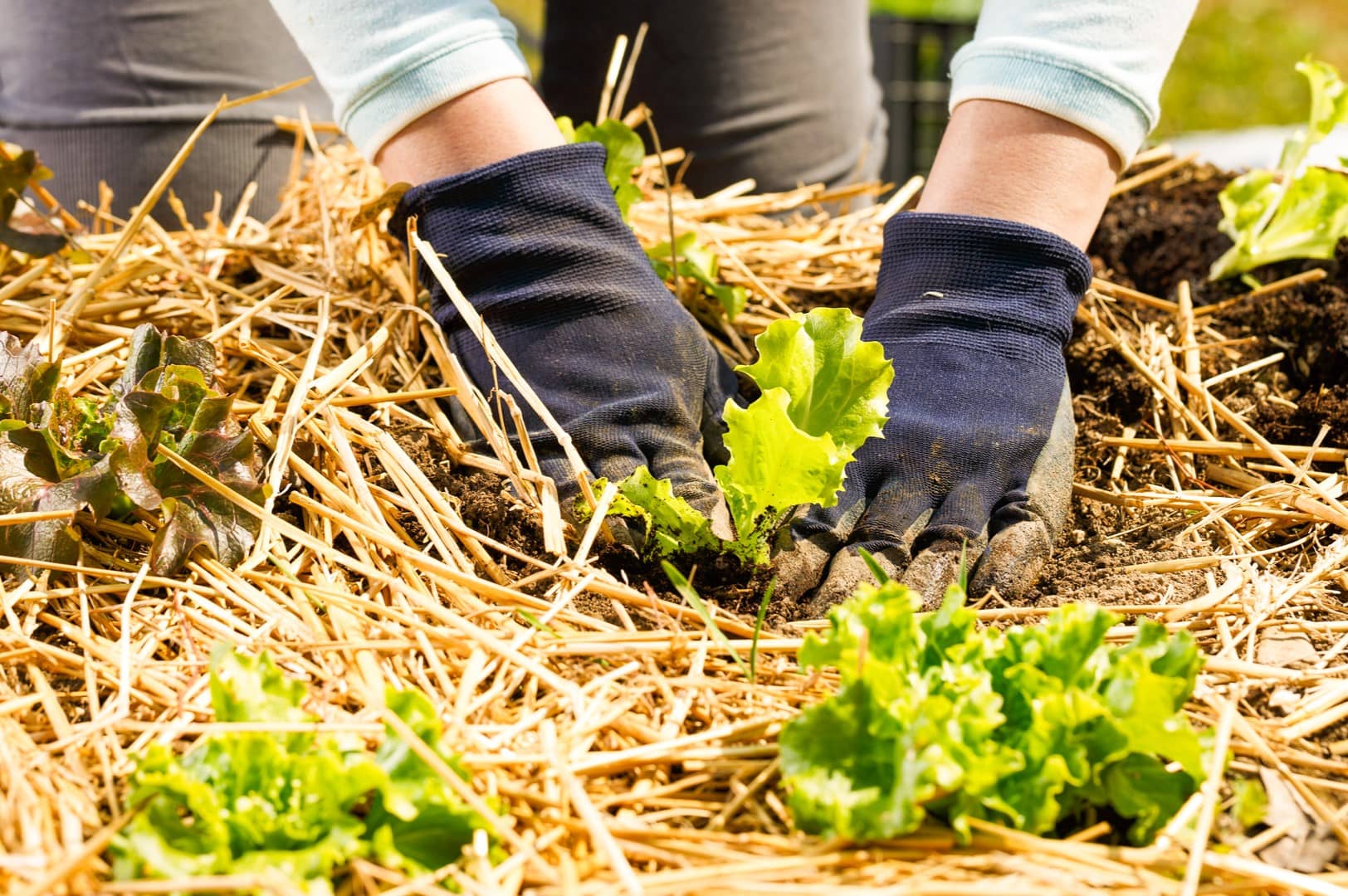

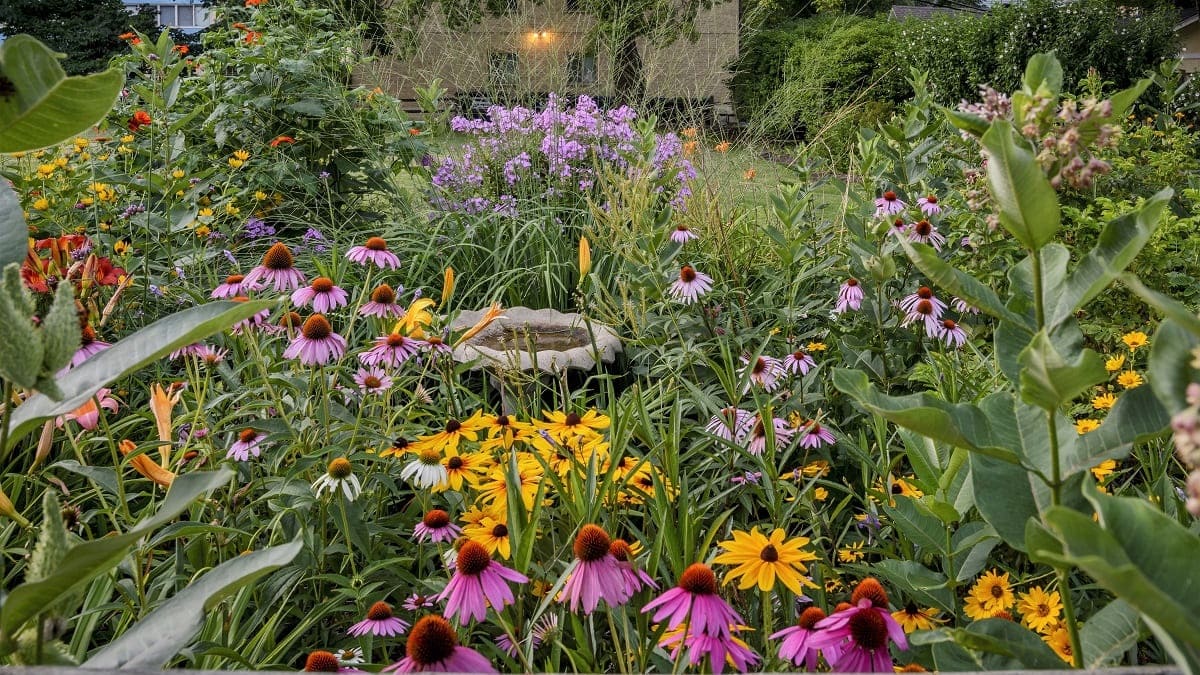
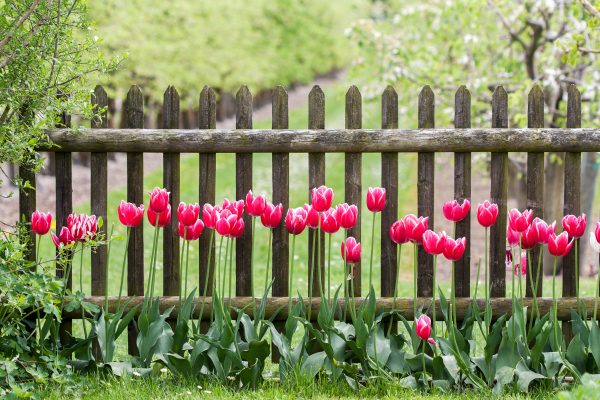
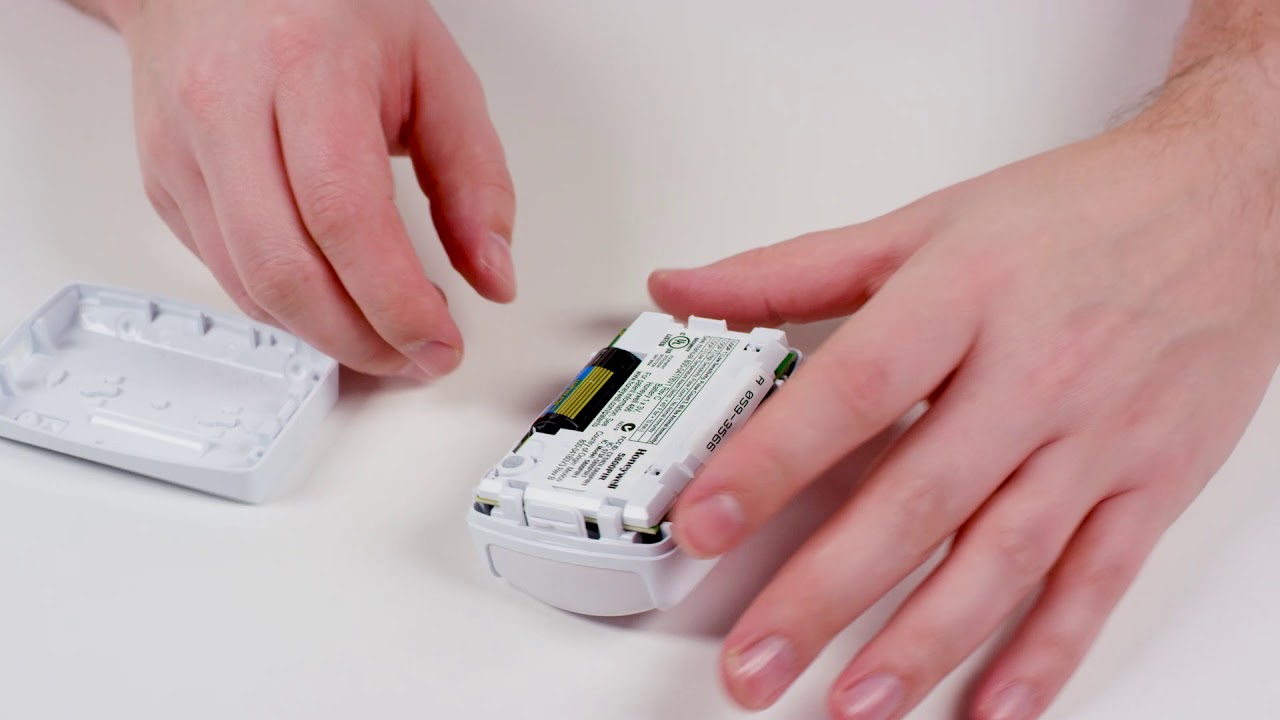
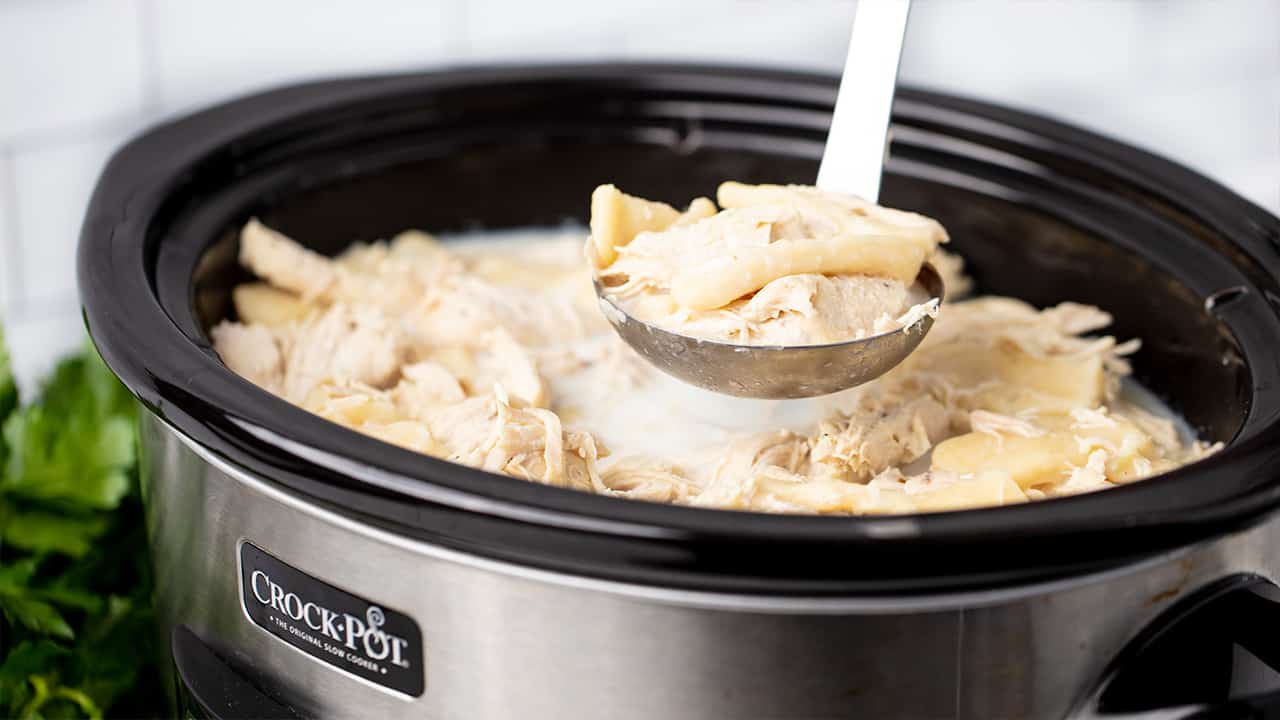
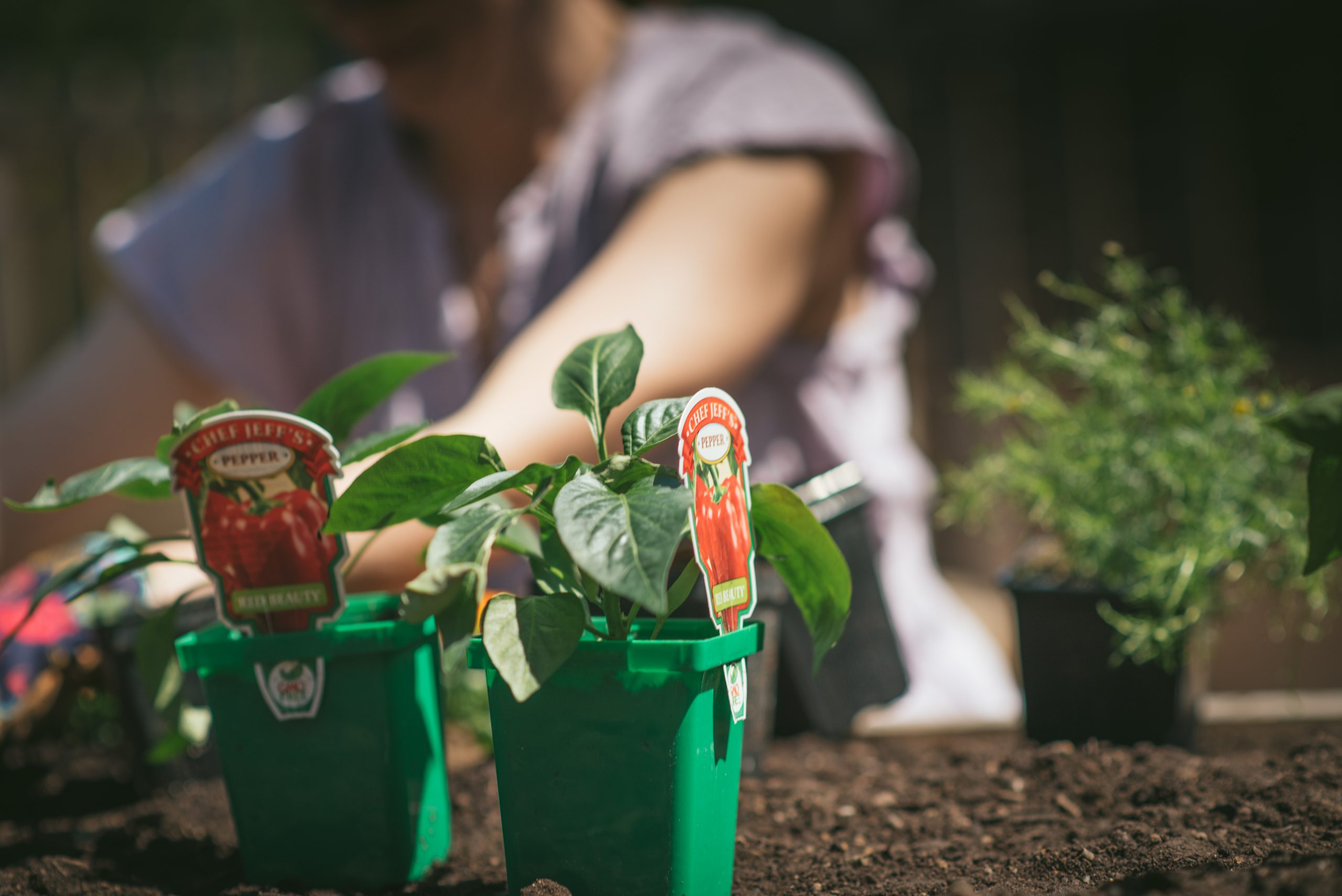
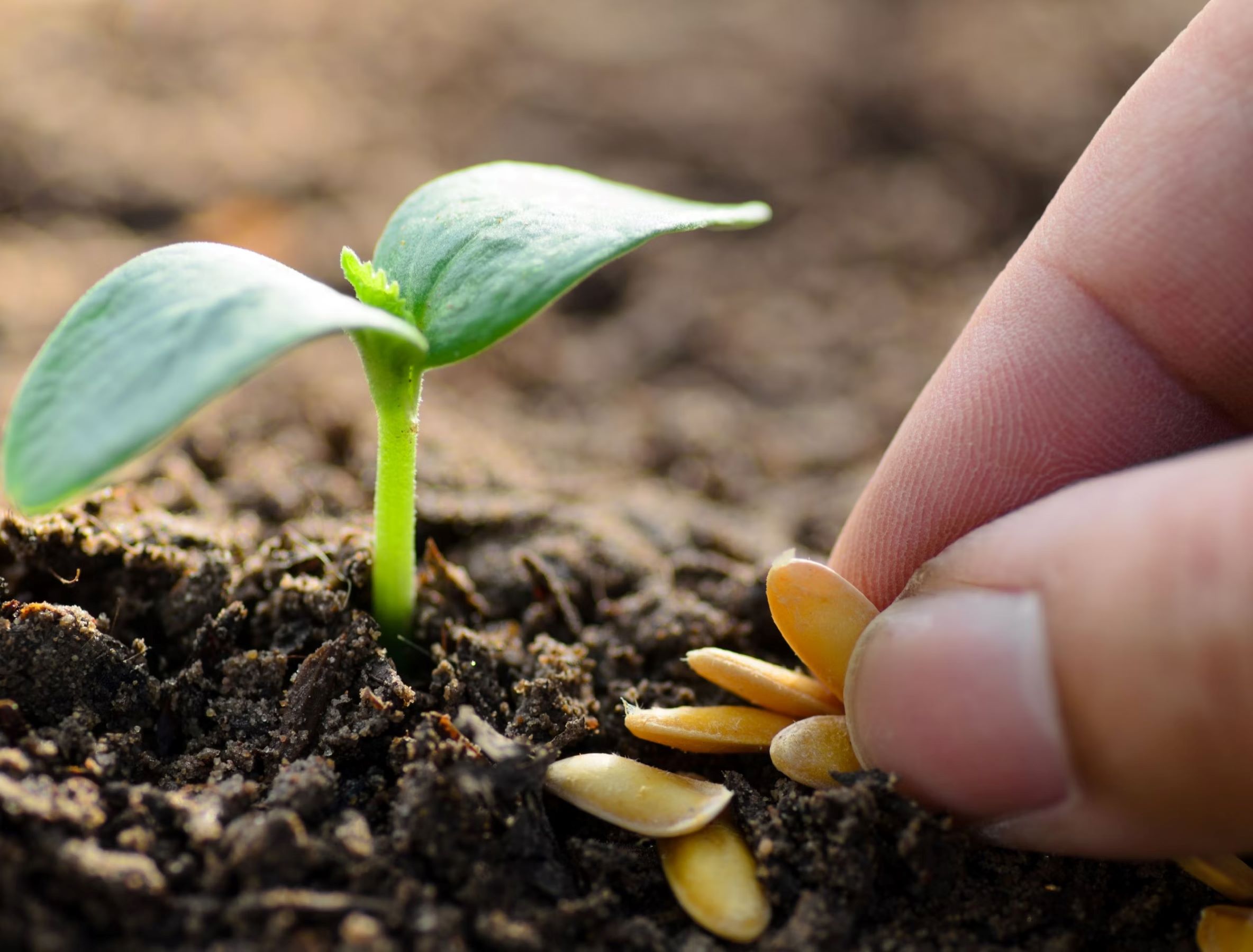
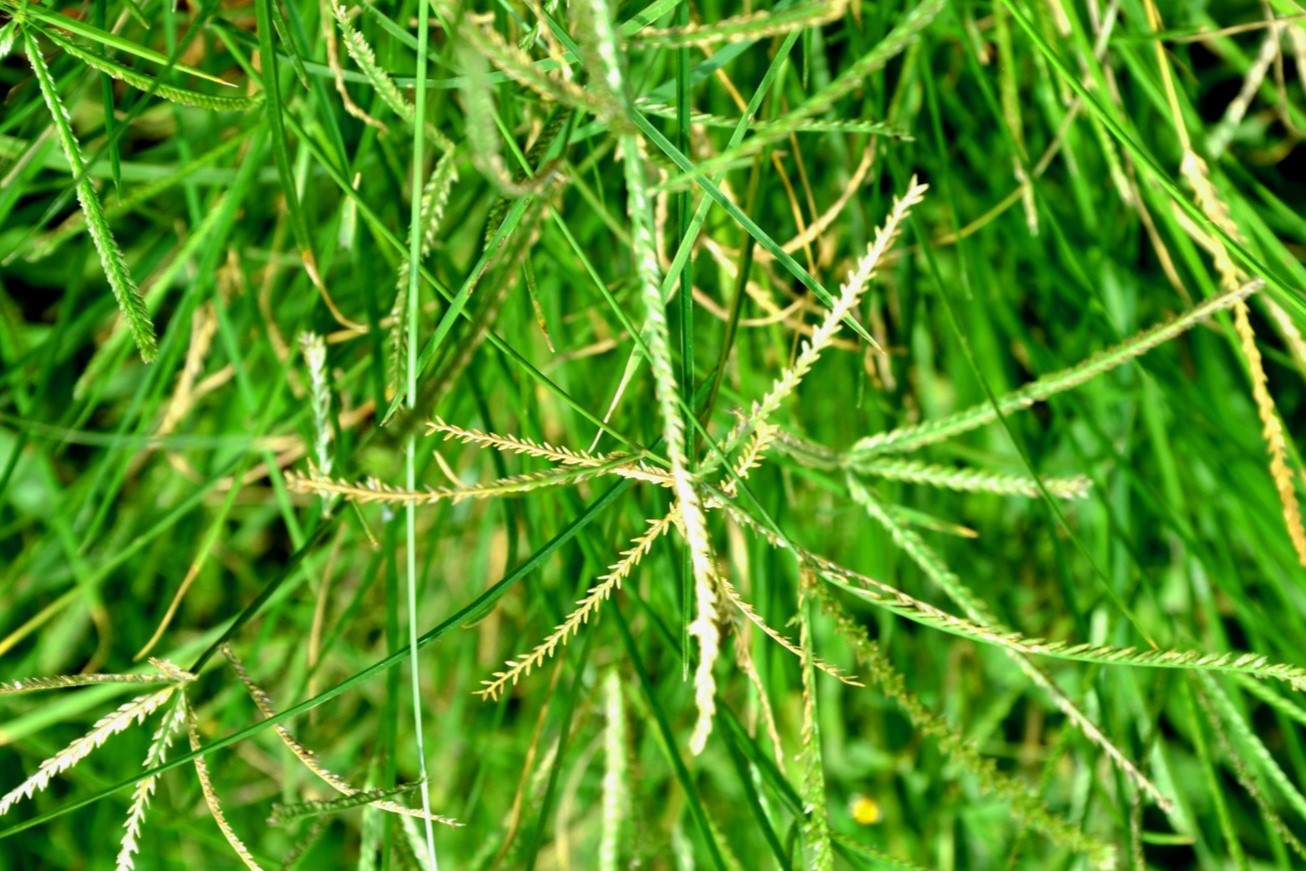

0 thoughts on “When Should I Plant My Garden”